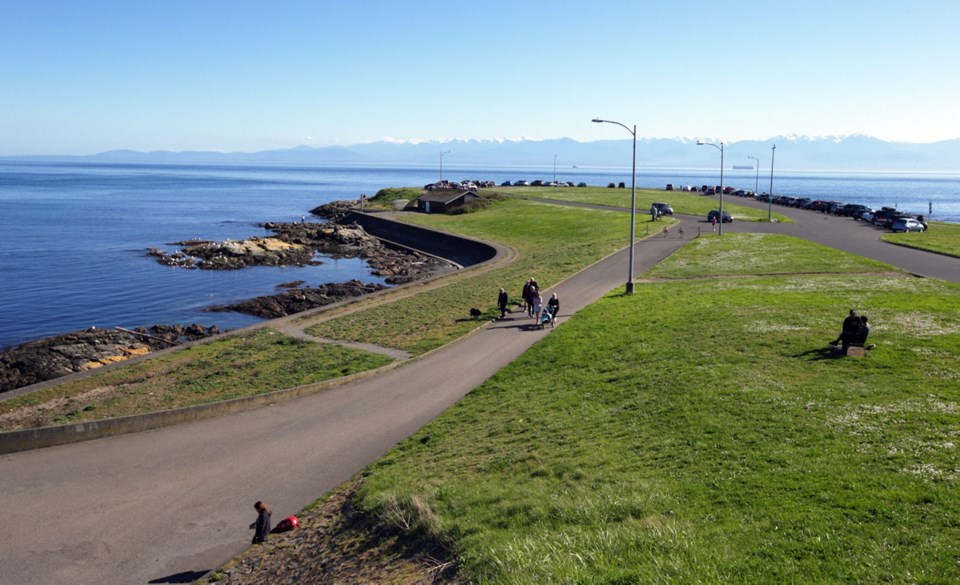If there was ever any doubt, it’s official: Victorians do not want a sewage treatment plant at Clover Point.
The city received feedback from 400 people at a public hearing, along with 702 responses in a survey and 120 emails. The common theme, said Jonathan Tinney, was that a sewage plant should be located where it will have minimal impact on residential or high-use areas.
“While there were a few respondents who supported Clover Point for a treatment facility, a significant majority of responses opposed the location for wastewater,” said Tinney, the city’s director of sustainable planning, in a report.
“Many respondents suggested that the original plan of a facility at McLoughlin Point was the best solution, while others recommended Rock Bay and other sites.”
The collected public city input on wastewater will be referred to the independent panel overseeing the sewage project.
The Capital Regional District had been looking at building plants at Clover Point in Victoria and at either McLoughlin Point or Macaulay Plain in Esquimalt at an estimated cost of $1.13 billion. That changed in May, when the province stepped in and appointed an independent panel to oversee the project. Community Minister Peter Fassbender essentially told CRD directors they would have to agree to the panel or risk losing more than $500 million in federal and provincial grants for the project.
That panel, called the Core Area Waste Water Treatment Project Board, has met three times and is expected to report back with a business plan and preferred site by Sept. 30.
Chairwoman Jane Bird told CRD directors last week that the board is in the process of reviewing, assessing and rating all treatment options and sites, including all public input gathered to date.
The Victoria report says residents want to see a transparent process and to be told about how decisions will be made, along with information on site specifications, feasibility and economic impact studies, and the differences between the levels of treatment.
“It is also important that residents can see their input and how it was shared with council and others,” the report says. “This report and all input will be provided broadly to the community to ‘close the loop’ on our commitment to sharing all input received.”



